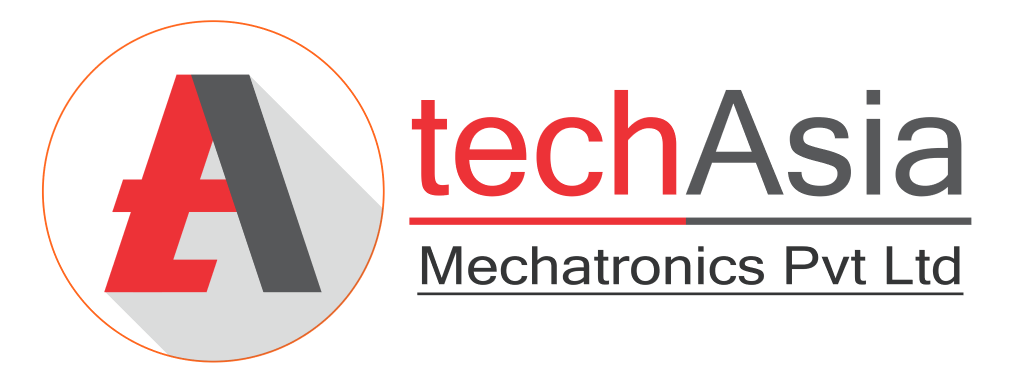Dimmer Using TRIAC
Here We will discuss about dimmer circuit using TRIAC. Basics of TRIAC is not covered in detail, you can refer it on google. Diagram 1 above shows basic construction and symbol of TRIAC. Diagram 2…
Here We will discuss about dimmer circuit using TRIAC. Basics of TRIAC is not covered in detail, you can refer it on google. Diagram 1 above shows basic construction and symbol of TRIAC. Diagram 2…
Graphene is 2D structure of Graphite from which our pencil is made up of. Two scientist A Geim and K Novoselov at the university of Manchester created the first sample of graphene by polishing Graphite…
"Speech is right not a privilege" Oncologist Dr Vishal Rao. He explained "It is simple voice prosthesis device that fits into the throat of a throat cancer patient (4th stage) It cheats the brain to…
here's something you've never seen before? - an arduino board that shows up as a disk drive, so you can drag and drop files that are stored on SD or SPI Flash over the USB…
Now days we all see 3D pdf files which are very useful to share across cross platform and does not require any special paid application/ software to open 3D file. Creating 3d pdf is very…
Bugatti Celebrating 110 years of the brand also 110 years of Jean Bugatti himself, with worlds most expensive car till date. worth 16.7 million euros which are convert to Rs 131.33 crore in Indian currency…
We all know or heard Intel, Qualcomm (Snapdragon Processors), AMD, ARM processors. We use them in our daily life. The all are from foreign countries. Now India started Manufacturing own micro-processor Called Shakti. The Shakti project…
Prof. Stephen william Hawking will remember for work on Black hole and the origin of the Universe. To under stand his theory we need more 50 years. At age of 20, he pursued a PhD at…
We uses 50 Hz because England has control over India and England uses 50 Hz frequency because It is a sweet point of other frequencies, Lowering the frequency will Increase Size and weight of transmission…
Before Transistor there were Vacuum tubes which are bulky and fragile, To replace them Transistor is Invented In Bell Lab. The committee within Bell Labs that was set up to standardize terminology across the company…

